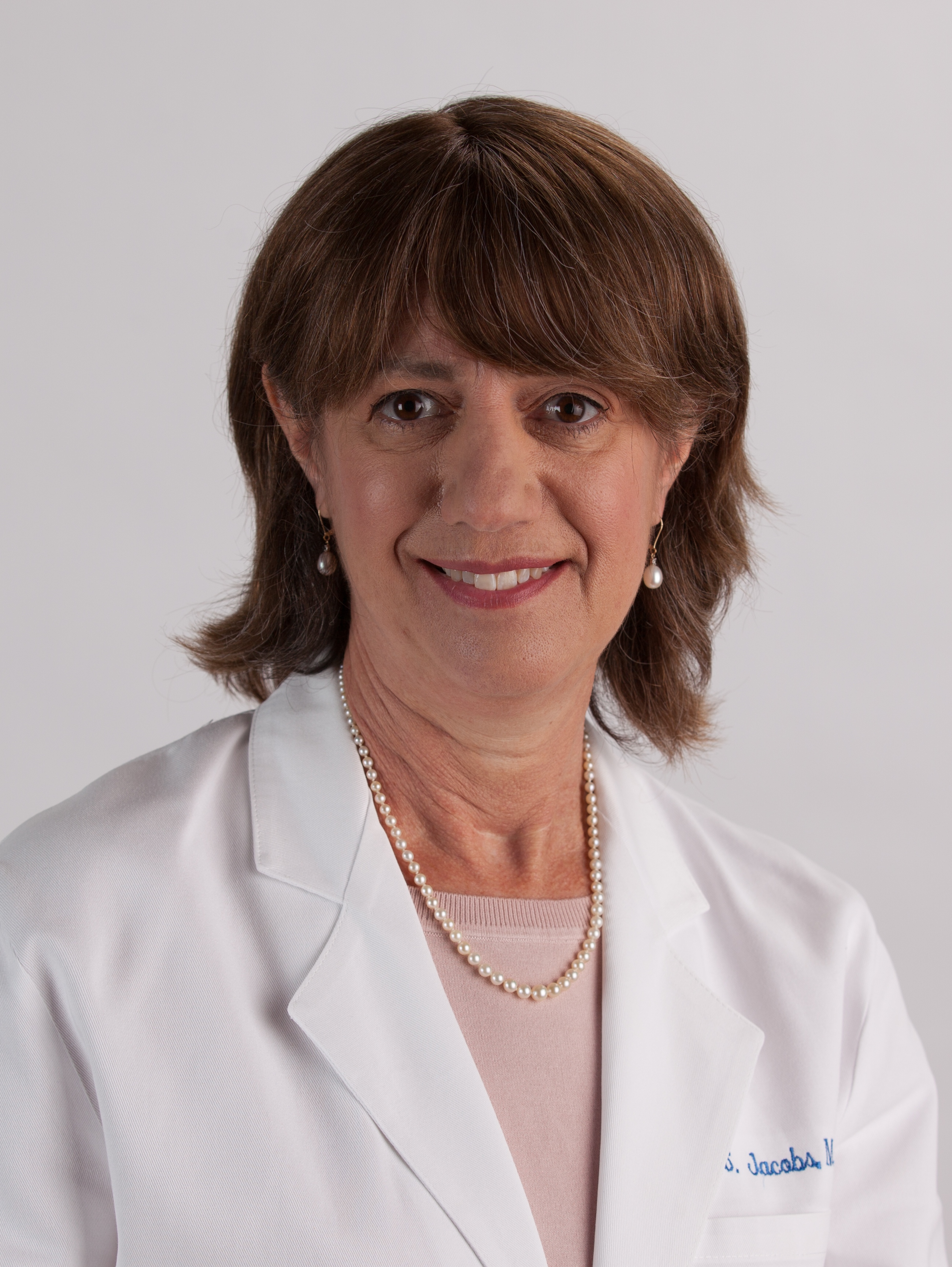CLEAR Report Paper 7: Medical Use of Contact Lenses
Contact lenses are not simply a cosmetic alternative to spectacles – and a new paper explores the medical possibilities they provide.
The seventh paper in a series to be released as part of the new
Contact
Lens
Evidence-based
Academic
Reports (
CLEAR) – a global consensus report put together by the BCLA – looks at how contact lenses

offer a variety of medical uses.
The paper reports on the use of contact lenses in the care of patients with eye disease. Major topics covered include the use of soft contact lenses after trauma or surgery and the use of scleral lenses for keratoconus and in ocular surface disease.
This report will bring all eye care professionals - ophthalmologists, optometrists, orthoptists and opticians alike - up to date on advances in the medical use of contact lenses.
The paper’s first author is Deborah Jacobs, with co-authors Karen Carrasquillo, Paul Cottrell, Fernando Fernandez-Velasquez, Raquel Gil-Garzola, Isabelle Jalbert, Andrew Pucker, Kellen Riccobono, Danielle

Robertson, Lynne Speedwell and Loretta Szczotka-Flynn.
Deborah Jacobs said: “Contact lenses play an under-appreciated role in the management of disease, particularly for less common conditions for which there are no good medical or surgical options. Our report highlights the evidence on the innovative materials and designs that make contact lenses better than ever for therapeutic use.”
The paper, titled ‘Medical use of contact lenses’, will be released as part of a new series of evidence-based guidance available to eye care professionals around the world on all aspects of prescribing and fitting contact lenses as part of a concerted drive to provide the best possible patient care.
CLEAR, made possible by educational grants from Alcon and CooperVision, will be published in the April 2021 issue of the BCLA journal ‘Contact Lens and Anterior Eye’ and will feature work from panels of globally respected experts.
It will set the standard to which researchers and eye care professionals will refer for the latest information in the field and will also highlight potential opportunities for future research.